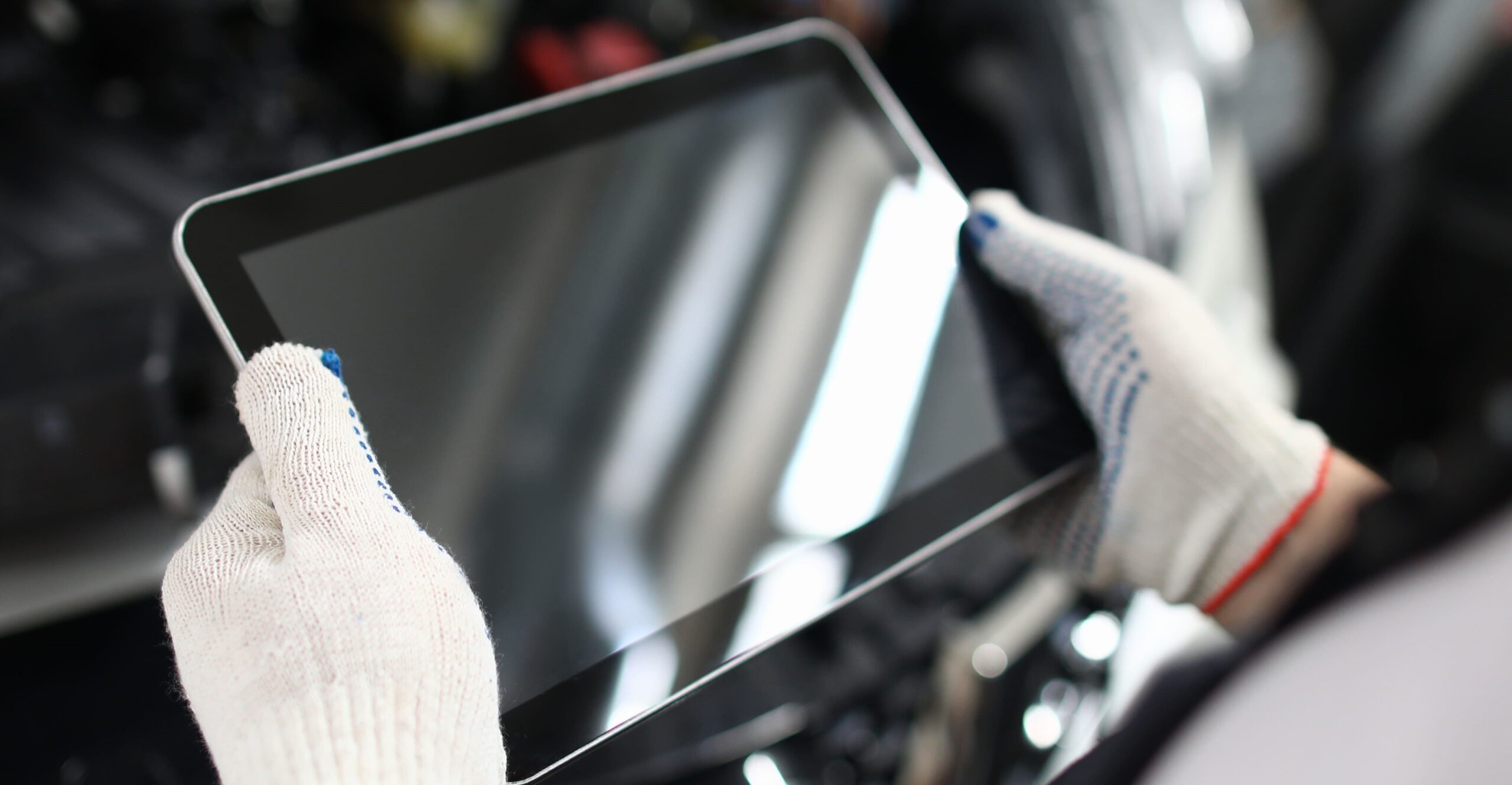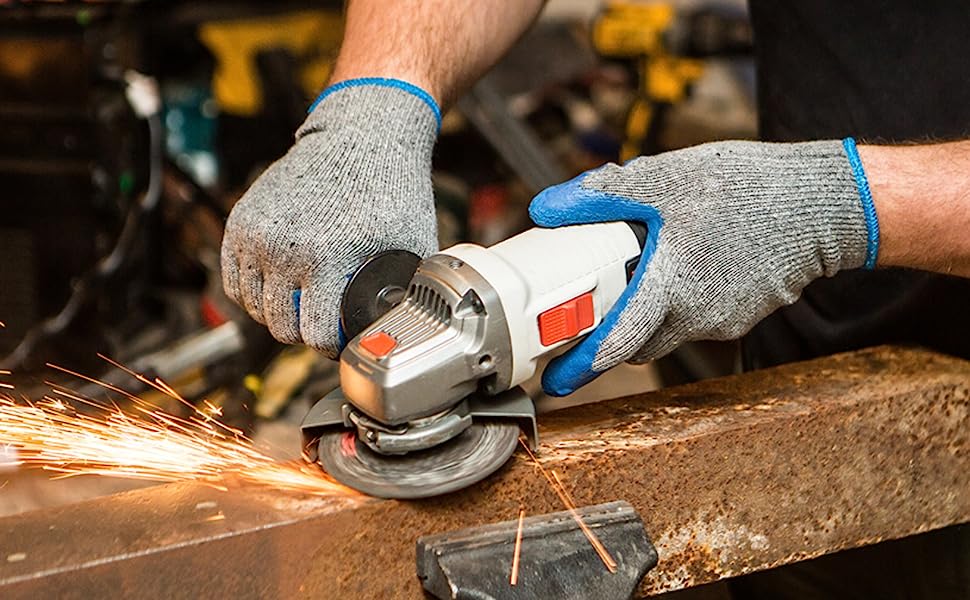What are Latex Work Gloves?
Latex work gloves are a type of protective gloves made from natural latex rubber. They are widely used in various industries and applications due to their specific properties and benefits. General-purpose hand protection: Latex gloves provide a barrier against a wide range of substances and hazards, making them suitable for general-purpose hand protection. They are commonly used in industries such as manufacturing, construction, warehousing, and maintenance work.
Are Latex Gloves Safe for Electrical Work?
Latex gloves are not recommended for electrical work. While latex gloves provide protection against certain hazards, they are not designed to provide electrical insulation. Latex is a poor electrical insulator and does not offer sufficient protection against electric shocks or electrical currents. Latex gloves can protect you from static electricity. But, it can’t provide the same superior protection against electricity as nitrile gloves. And if you are exposed to electricity quite often, it is best to choose a type of gloves that can provide the protection you need.


Do Latex Gloves Work on Touch Screens?
Latex Work Gloves in Manufacturing and industrial work:
Latex gloves are often used in manufacturing and industrial settings for general-purpose hand protection. They provide a barrier against a range of substances and hazards, including chemicals, oils, and contaminants, making them suitable for tasks that involve handling materials, assembly work, and light maintenance.

